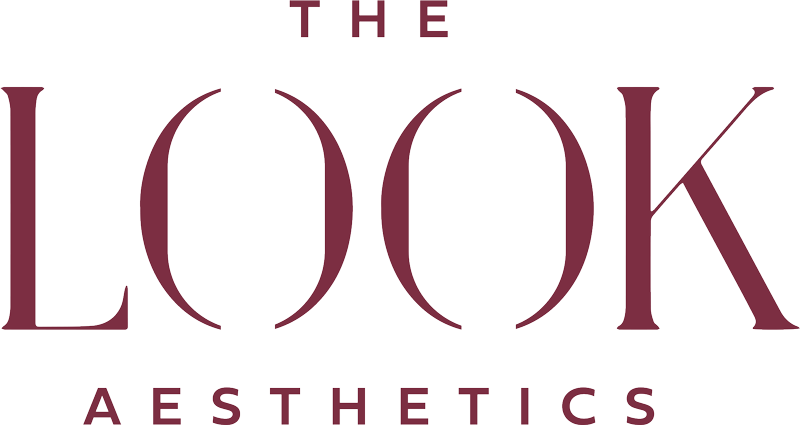No products in the cart
10 Tips for Getting Started With Retin-A
Jul 23, 2019
10 TIPS FOR GETTING STARTED WITH RETIN-A
There’s a reason Retin-A has been prescribed for decades: IT WORKS!
It is never too late to start, and if you are just starting, here are some best practices to keep in mind:
- You do need a prescription for Retin-A (tretinoin) to achieve the maximum benefit.
If you want to try over-the-counter retinoids first, make sure the Vitamin A ingredient is one of the first five listed. Also, ensure the container is opaque, as light can degrade retinoids. - Use at night.
Since light renders this product less effective and can cause skin sensitivity, use Retin-A only at night, ideally right before going to bed. - Start slowly.
Ease into Retin-A by using the lowest strength formula and follow your skincare professional’s recommendations for frequency of use. Start with 2 nights per week for the first two weeks, then increase to 3 nights per week, working your way up to nightly. - Apply to a clean, dry face.
It’s best not to apply Retin-A immediately after washing, as water can cause irritation. Let your skin dry completely before applying. - Don’t use too much.
This is a powerful medicine. Only a pea-sized amount should be used for your entire face. - Stop using the product one week prior to getting a chemical peel.
- Don’t stop at the first sign of peeling or breakouts.
Redness, peeling, and an initial increase in breakouts are common at first. This is actually a good sign. Stay the course as recommended. - Avoid waxing.
While using Retin-A, facial waxing may cause irritation. Tweezers are recommended, at least until your skin becomes accustomed to Retin-A. - Use an SPF.
You should always use a broad-spectrum sunscreen. Retin-A promotes faster cellular turnover, which can increase sun sensitivity. - Always use it — except while pregnant or breastfeeding.
Retin-A is a great product for achieving healthy, youthful skin when used correctly. If you’re ready to start or need guidance, reach out for a consultation.
